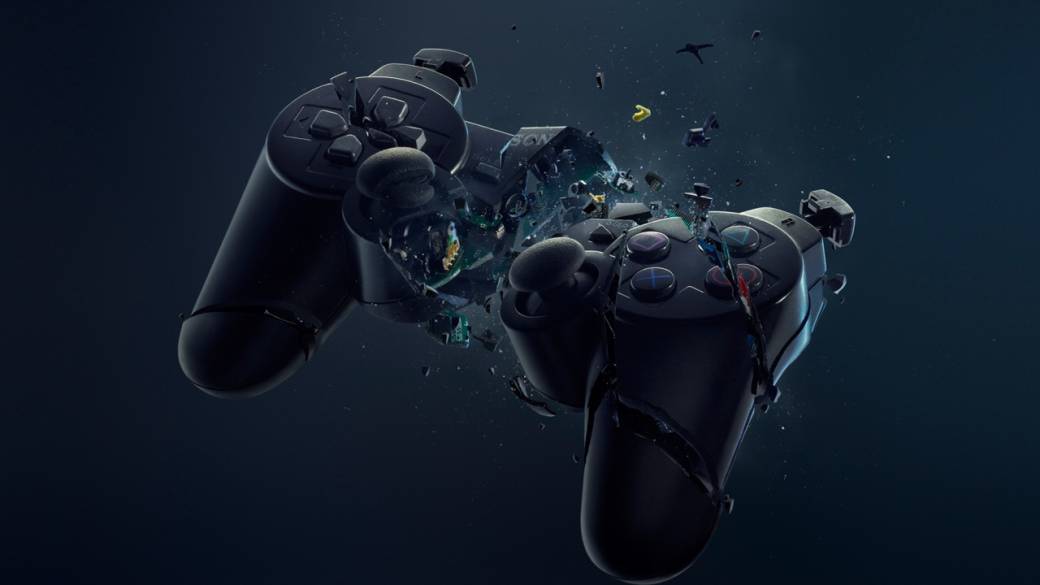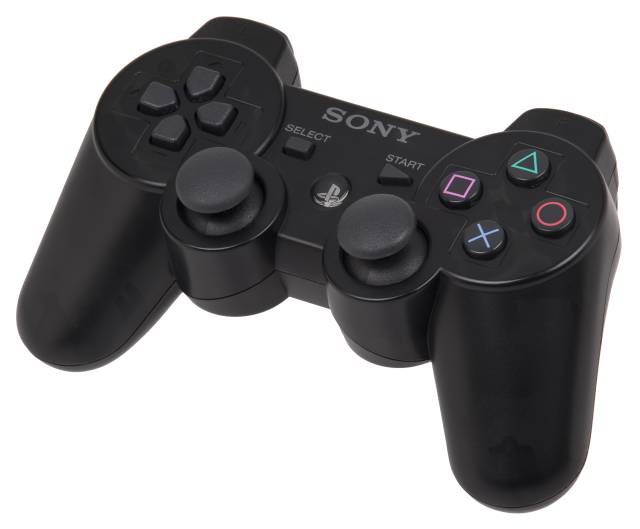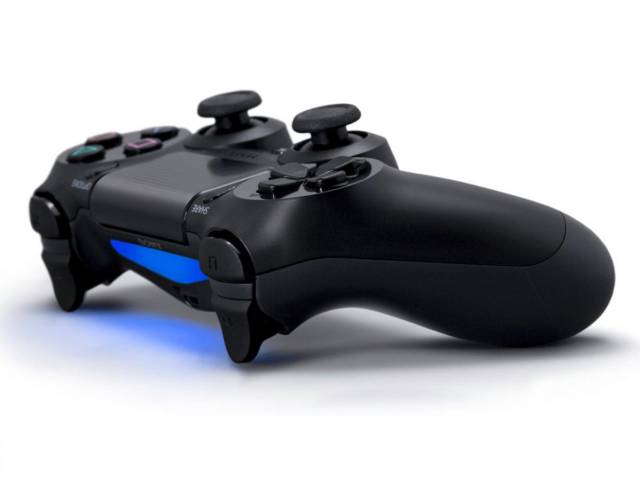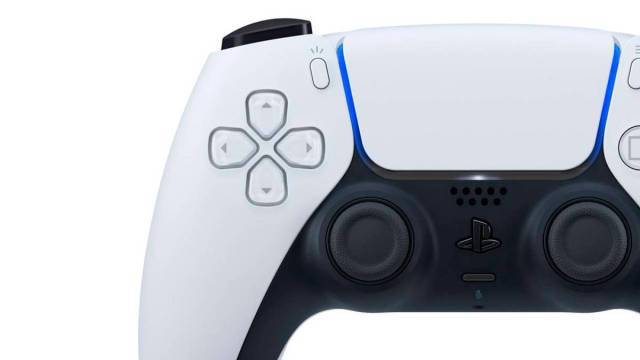
We review the history of the PlayStation controls until we reach the Dual Sense, presented before the PlayStation 5 itself and in white.
The history of the PlayStation brand can be done through the consoles and its catalogs, but also through its controls. This year marks 25 years since the launch of Sony's original hardware in Europe, and they are more than enough to trace a chronology of the evolution of the pads of the Japanese company, having, obviously, greater leaps than others: from the first command to the Dual Shock, and who knows, from Dual Shock 4 to Dual Sense. With the presentation of who will be our inseparable companion for the next generation on PlayStation 5, we want to remember all those who have also accompanied us in previous generations, and discover how their design and features have evolved.
PlayStation: the first advance, in the same generation
It is curious how the basic form of the control of the PlayStation consoles has hardly changed over practically two decades. The first model that was marketed together with PSX was tremendously ergonomic and different from what was used in the generation of 16 bits, similar in size to that of Super Nintendo and Mega Drive, but more stylized. It already had two triggers on each side and, of course, the Square, Circle, Triangle and X buttons that have become the brand's icon. Of course, no trace of vibration, sticks or something that will significantly change the experience in this regard.

As a curiosity, the main designer of the command over several generations, Teiyu Goto, not long ago revealed the meaning of these symbols, since they turned out to be not accidental. According to him, the Triangle represents a point of view, and thus, it was used in many driving games to change the perspective. The square was associated with a paper or documents, the X to cancel an action and the Circle to confirm it, although as we have seen, these last two functions ended up being exchanged.
A short time later, Sony would add both sticks to what appeared to be the same controller, albeit with slightly longer handles, to what it would be good to call Dual Analog Controller. These sticks were very basic, concave, and although they were a remarkable progress compared to the previous model, the biggest jump was still missing: the vibration. This would come, finally, with the Dual Shock, created in 1998 as an obvious response to the Nintendo 64 Rumble Pack, a peripheral that provided that feeling once coupled to the command of the Kyoto console. In fact, the two vibration points were key in one of the most memorable moments of that generation, such as the combat against Psycho Mantis in Metal Gear Solid and how, exceptionally, it broke the fourth wall.
In addition, the two sticks became convex, instead of having grooves, and the L3 and R3 buttons, which we consider so essential today, were added.
The best-selling console in history, with a key command
The one that is today -and it is expected that this position can be assaulted someday- the best-selling console in history with 160 million units sold, PlayStation 2, also had a command to match: the Dual Shock 2 With a design practically traced to that of its predecessor, its greatest novelty, and not exactly trivial, was to make all buttons analog except Start, Select, L3 and R3. That is, each of the action buttons, plus those on the crosshead, were sensitive to the pressure applied to them, and thus, for example in the Gran Turismo saga, it was possible to control acceleration and brake depending on the force. with which we pressed the button. For the first time, Sony opted for black as the basic color against gray, a logical change also taking into account the color of the console. It was also the last PlayStation controller that would work, essential, with cable.

PlayStation 3, from Sixaxis to Dual Shock 3
In this generation Sony found a powerful rival in every way, but especially when designing controls: Microsoft, which already broke into the market years ago with a more robust controller and consecrated its formula with the Xbox 360 controller, considered as one of the best ever, at least among the basic models. To compete in this section, Sony created a wireless controller with six-axis motion detection mechanisms, hence the name Sixaxis (Six, axis), but which, to the public's displeasure, did not have vibration. This would lead to its subsequent review and design of the final PlayStation 3 controller: the Dual Shock 3.

SONY DSC
The vibration of the DS3, how could it be otherwise, was much more advanced than that of the original Dual Shock. Mainly, this was still working with two engines, one on each side, but they could do it independently, with more or less force, for a longer time … In fact, many games released before the arrival of this command had to be updated to take advantage of This function.
This had other news regarding the Dual Shock 2. The first and most obvious is that being wireless it incorporated a rechargeable lithium battery via cable with Mini-USB and USB input at the output, connecting to the console and being able to play during the process . Likewise, it was also necessary for the first time to include a Home button to navigate the console menu, and from there go to settings, games, the PS Store …
A new generation: the Dual Shock 4
Let us now go on to talk about the command that we currently enjoy, one of the most innovative especially in terms of aesthetics in the history of the Japanese company and unlike this time, presented simultaneously to the console: it was February 20, 2013 , specifically. Mainly, and at first glance, greater robustness stands out, especially in the handles, as well as a more curved and less angular design. A considerable size touch panel is also added in the center, which captures also drag movements –although exploited in not many titles- and acts as one more button, frequently used to open inventories, maps, etc … Just above This panel also has an LED light of various colors depending on the number of players, but in some games it is also used as a sign of the amount of health remaining, for example, being green the optimal and red the minimum point.

At the top it also has a small speaker used differently in a large number of games: from communications with other characters on mobile devices to crying in some horror games, for example. The other great change comes from the hand of the Start and Select buttons, which now come together in one, Options, going to occupy the left place that Select normally occupied the other great novelty of Dual Shock 4: Share. With this button we can capture video or image directly from our games to later upload it to our social networks, being something that started in a very basic way and then even added a video editor. But not only that, but it is even possible to broadcast from various streaming platforms such as Twitch, Ustream or YouTube.
Probably the Dual Shock 4 is the controller that has undergone fewer changes in its redesign during the same generation, since the so-called Dual Shock V2, launched simultaneously with the PlayStation 4 Slim, only offered as a novelty the ability to glimpse the LED light at through the touch panel.
The latest revolution: the Dual Sense
After a lifetime talking about Dual Shock, it's time to change the chip. The Dual Sense will be the controller of the PlayStation 5, which we have discussed at length in other articles. Continuity is in aspects such as the Dual Shock 4 touch panel, as well as the speaker, the LED light -also on the sides- and the commitment to the rechargeable battery to the detriment of the batteries, this time with recharge via USB type cable -C, the same one that Nintendo Switch uses, for example.

However, haptic technology is presented as a revolution, a technology that, for example, will make us feel the differences between driving on asphalt, sand or snow in a racing game. The L2 and R2 triggers will be especially favored by this new feature. In addition, the Share button lasts only a generation, but is replaced by another that it promises will go one step further: Create, whose functions have yet to be discovered.
